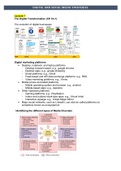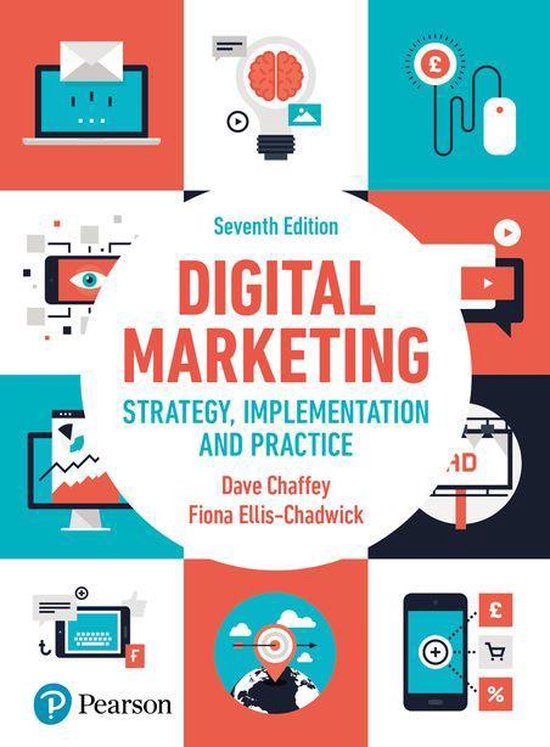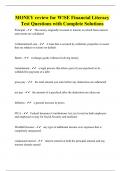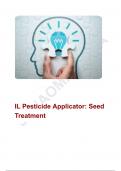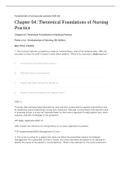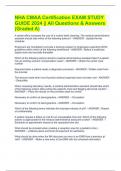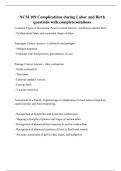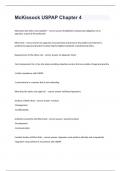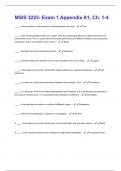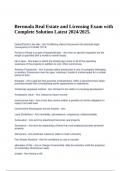Samenvatting
Complete summary of Digital and Social Media Strategies (all lectures and notes)
- Instelling
- Tilburg University (UVT)
- Boek
- Digital Marketing
Complete summary, consist of all the information explained in the lectures of Digital and Social Media strategies. Summary is in English. Can be used for exam or resit for the minor in year 3 (BE or IBA)
[Meer zien]
